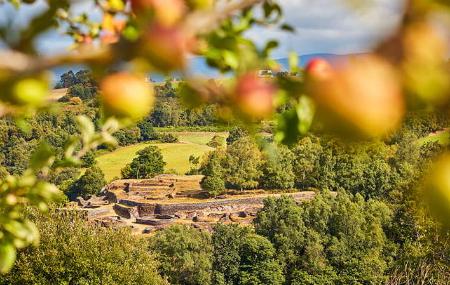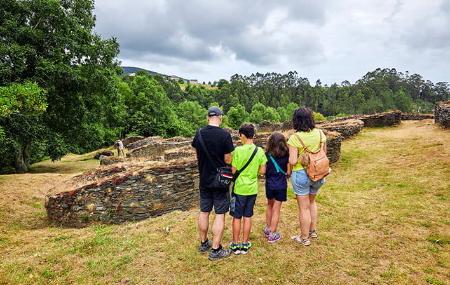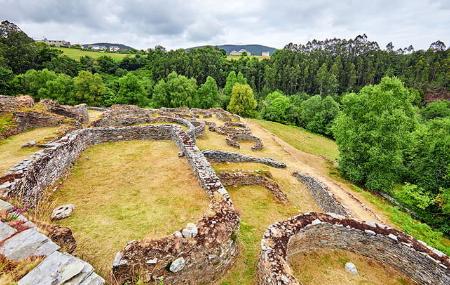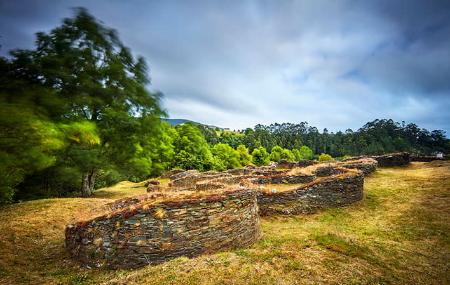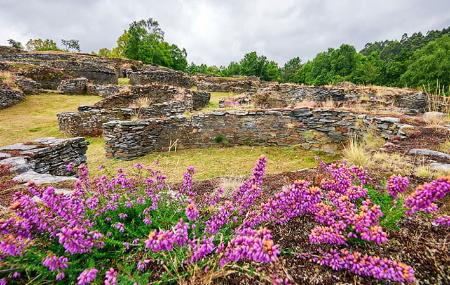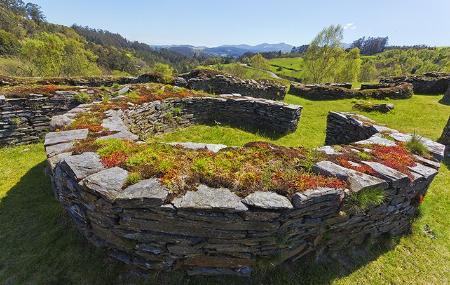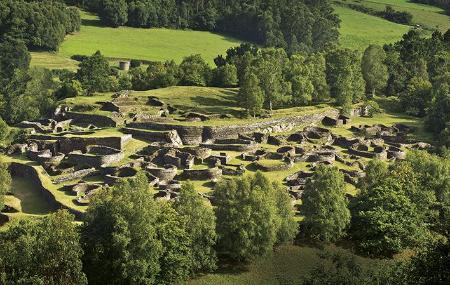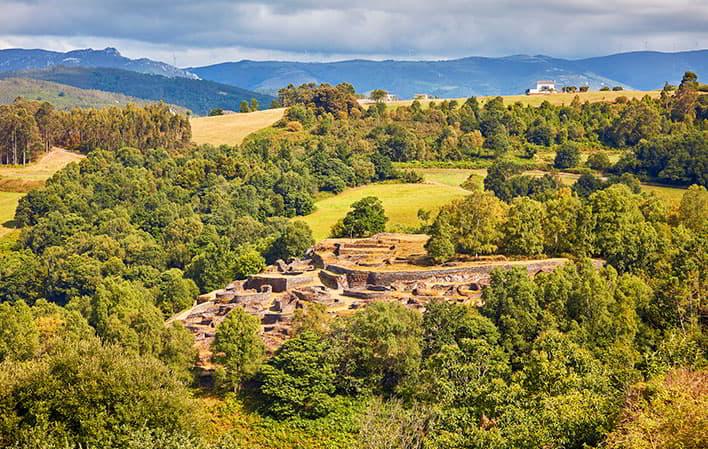
Castro de Coaña
- Location Coaña Western Asturias
- Address Address: ■ 33796 - Villacondide
- Phone Phone: 985 978 401
- Email Email: castrodecoana@asturias.org
- Schedules and prices: View
- Documents Documents: Further information (PDF, 377 KB)
Images
Info
The Castelón de Coaña is the most popular of all the hill forts known in Asturias. This notoriety is due to the early date of its discovery and the large area excavated.
Although for some time it was considered that the settlement was founded in Roman times, the most recent excavations have confirmed that it was occupied much earlier, dating back at least to the early Iron Age, as it was already fortified in the 5th century BC.
The defensive system of the castro is made up of several lines of moats and walls that protected the two main interior spaces of the castro: the acropolis and the neighbourhood outside the walls. The upper enclosure or acropolis is a space of uncertain use and probably changed throughout the history of the castro. It may have housed the earliest occupation of the settlement, as buildings have recently been discovered here and the wall has been dated to the early Iron Age. The Northern Quarter, in which some 80 huts are preserved, was protected by a moat, now hidden under the restored wall. It has been estimated that it may have housed a population of 150-200 people.
The most unique part of the settlement is undoubtedly the so-called Recinto Sacro. It lies at the foot of the Acropolis on a small terrace that rises above the access road. The ruins actually correspond to two buildings of similar structure and function, characterised by their rectangular ground plan, semicircular chevet and false-vaulted roof. At the time of their discovery, they were considered to be crematorium ovens. Today they are interpreted as saunas of indigenous origin, the oldest models of which date back to the 4th century BC, although they survived, with alterations, until the Roman period (1st century AD).
Like many of the castros in the region, this one was known from ancient times. Literary references to the ruins and their possible origin date back to the beginning of the 19th century. Since then it has been the object of sporadic interventions which, with greater or lesser success, have contributed to shaping its current appearance and turning it into the iconographic paradigm of the Iron Age fortified settlement. José María Flórez y González carried out the first archaeological excavations in 1876. In the early 1940s, Antonio García y Bellido, with the collaboration of Juan Uría Ríu, excavated most of the ruins that are visible today. In 1959, Francisco Jordá Cerdá resumed the activity in Coaña for a couple of years. More recently, archaeologists Elías Carrocera Fernández, Ángel Villa Valdés and Alfonso Menéndez Granda have carried out different types of interventions.
Since 1993, the castro has had a Didactic Classroom where the evolution of the castreña culture is shown from its origin until the contact with the Roman world, when the exploitation of gold will play a very important role in the history of these territories and their peoples.
Tickets must be paid in cash at the castro's ticket office.
Built in:4th century BC
Schedules and prices
- 01 October to 30 March: 10:30 a.m. to 3:30 p.m.
- 01 April to 30 September: 10:30am to 5:30pm.
- Closed: Monday and Tuesday
- General admission: 3,13€.
- Reduced (children from 7 to 12 years old, over 65s, large families and youth card holders): €1.62
- Free: Wednesdays
How to get here
First Name: Castro de Coaña
GPS: 43.511033,-6.749499
Address: ■ 33796 - Villacondide

